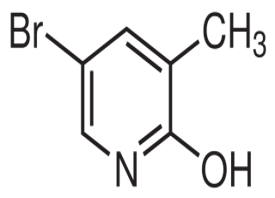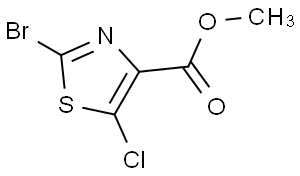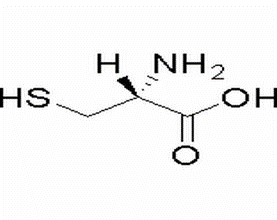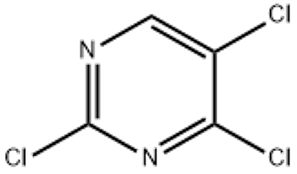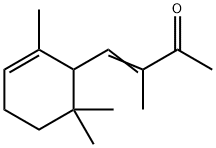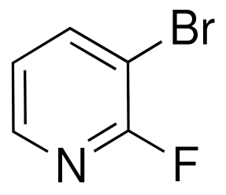5-BROMO-2-HYDROXY-3-PICOLINE(CAS# 89488-30-2)
| Risk Codes | R22 – Harmful if swallowed R38 – Irritating to the skin R41 – Risk of serious damage to eyes R36/37/38 – Irritating to eyes, respiratory system and skin. |
| Safety Description | S36/37/39 – Wear suitable protective clothing, gloves and eye/face protection. S36 – Wear suitable protective clothing. S26 – In case of contact with eyes, rinse immediately with plenty of water and seek medical advice. |
| WGK Germany | 3 |
| HS Code | 29337900 |
| Hazard Note | Harmful |
| Hazard Class | IRRITANT |
Introduction
It is an organic compound with the chemical formula C6H6BrNO. The following is a description of its nature, use, preparation and safety information:
Nature: It is a yellow to red crystal with a strong odor. It is insoluble in water at normal temperature, but soluble in organic solvents such as alcohols and ethers.
Uses: It is an important organic synthesis intermediate. It is commonly used in the synthesis of pharmaceutical ingredients, pesticides and plant protection agents. In addition, it can also be used as a catalyst in organic synthesis reactions.
preparation method: preparation can usually be obtained by bromination of 3-methyl pyridine and then nucleophilic substitution reaction on nitrogen. The specific preparation method can be selected according to needs and conditions.
Safety information: It is an organic compound, so attention should be paid to its potential danger to the human body. Contact with this substance may cause irritation and eye damage. Appropriate protective measures, such as gloves, goggles and protective clothing, should be taken during operation. At the same time, it is necessary to properly store and dispose of this compound to avoid environmental pollution and personal safety threats. If necessary, proper disposal and disposal should be carried out in accordance with relevant regulations and guidance documents.


